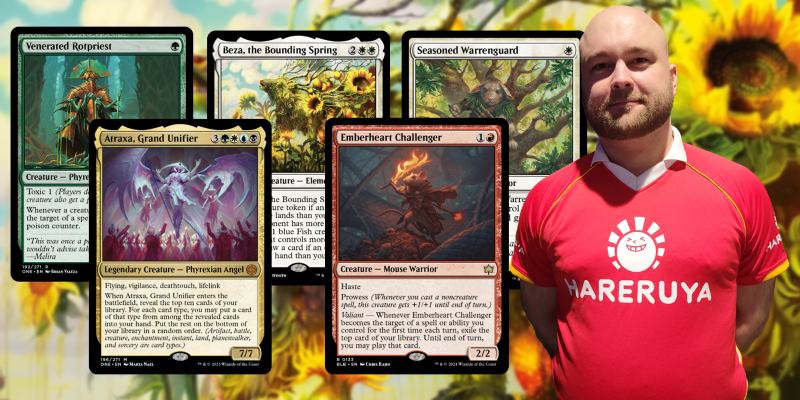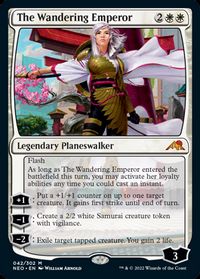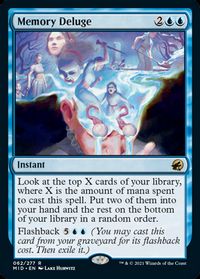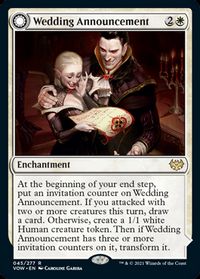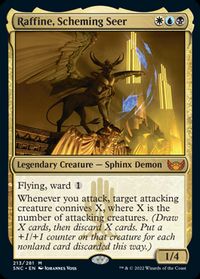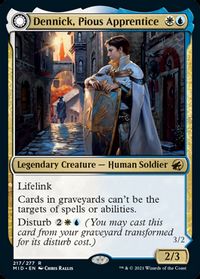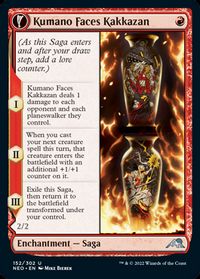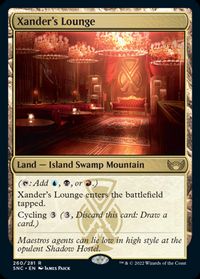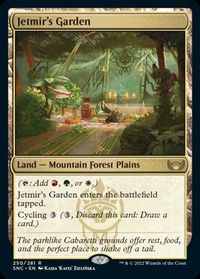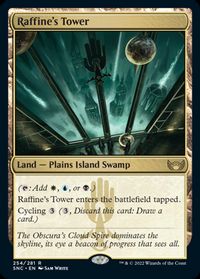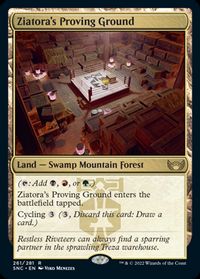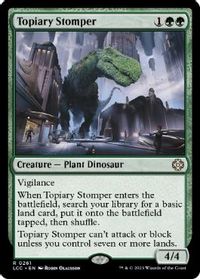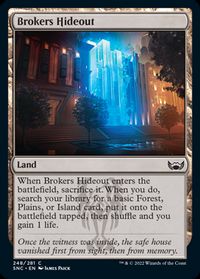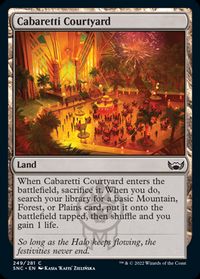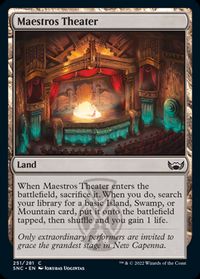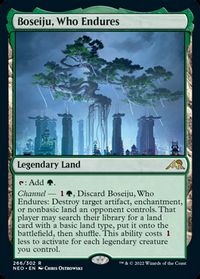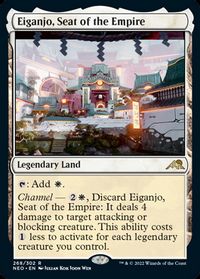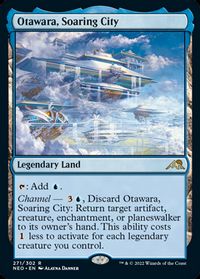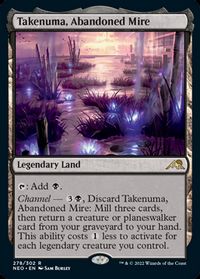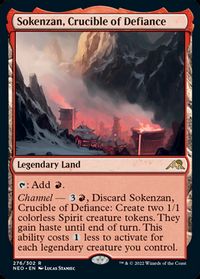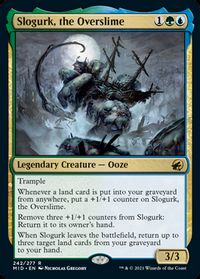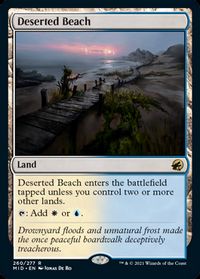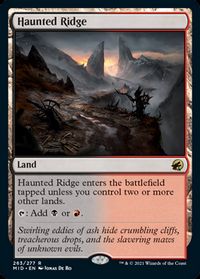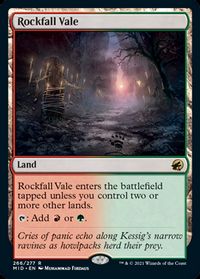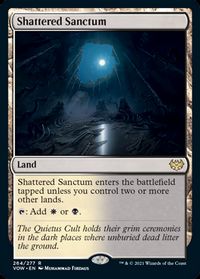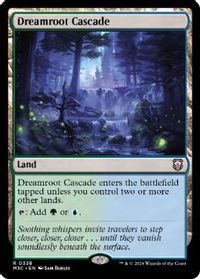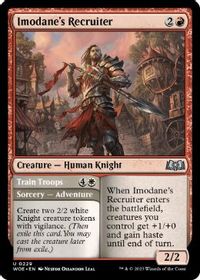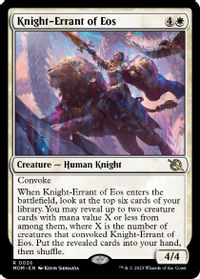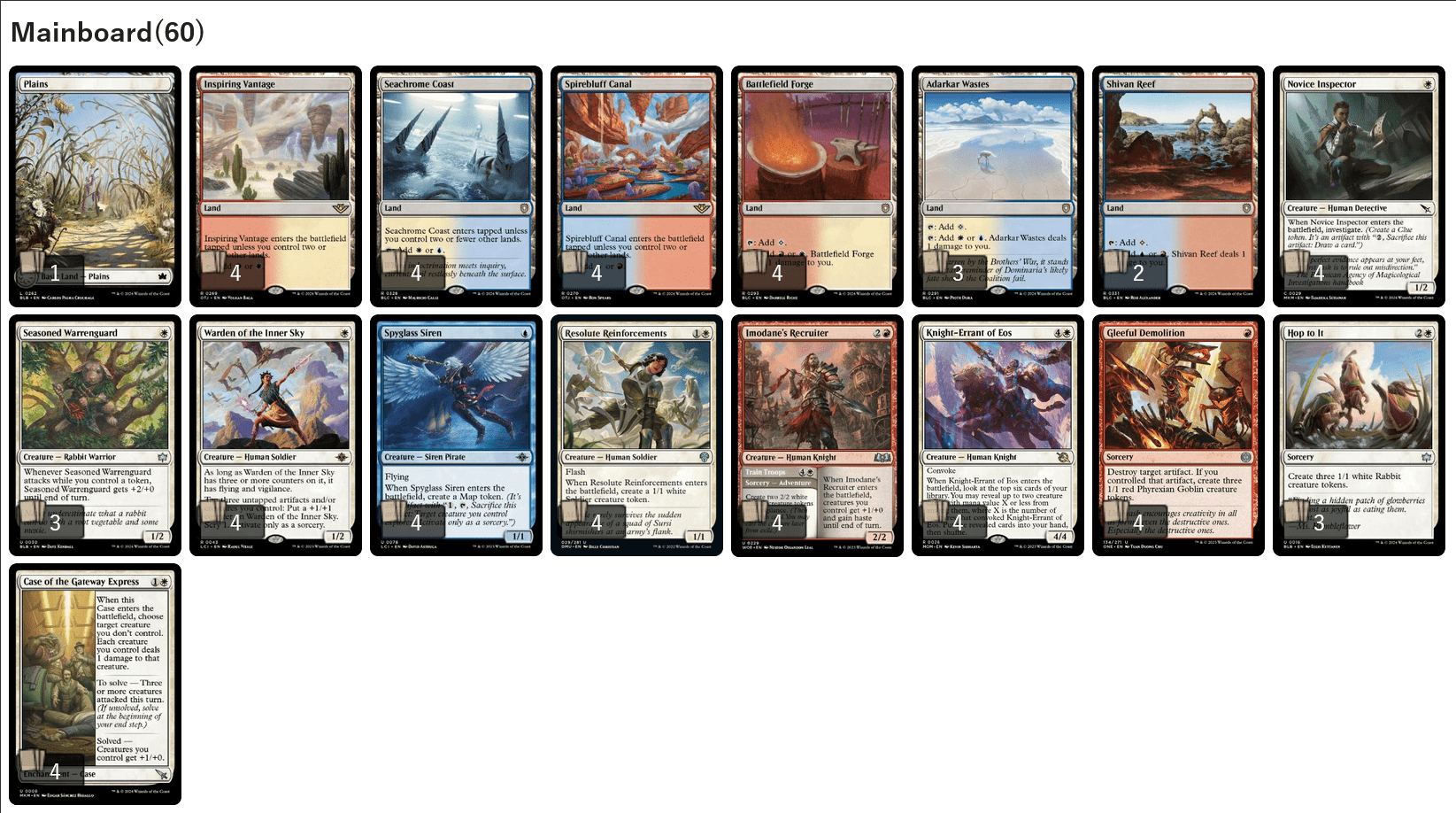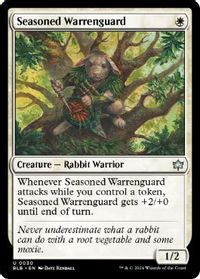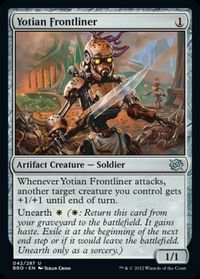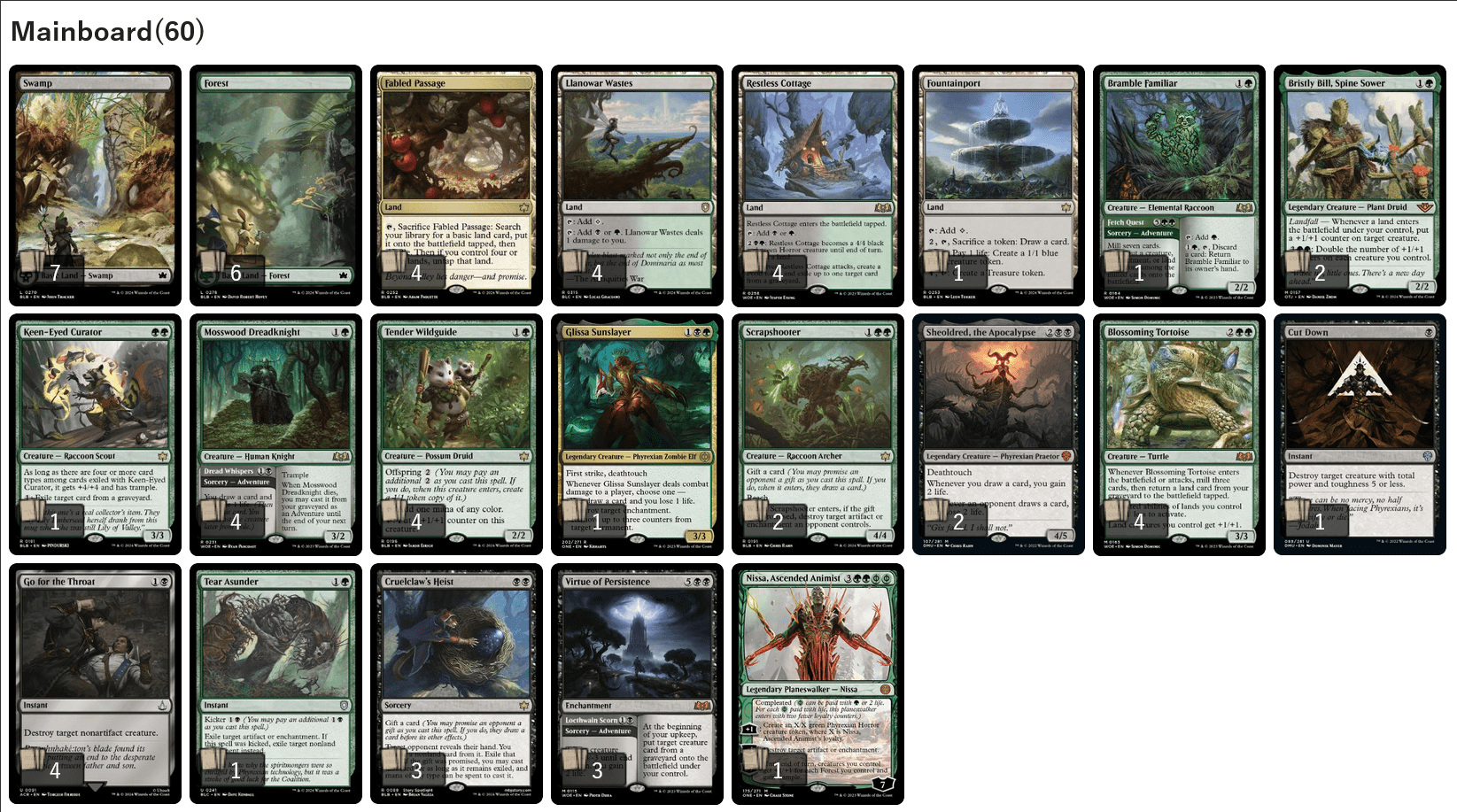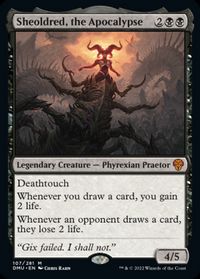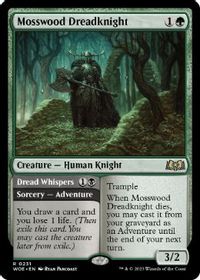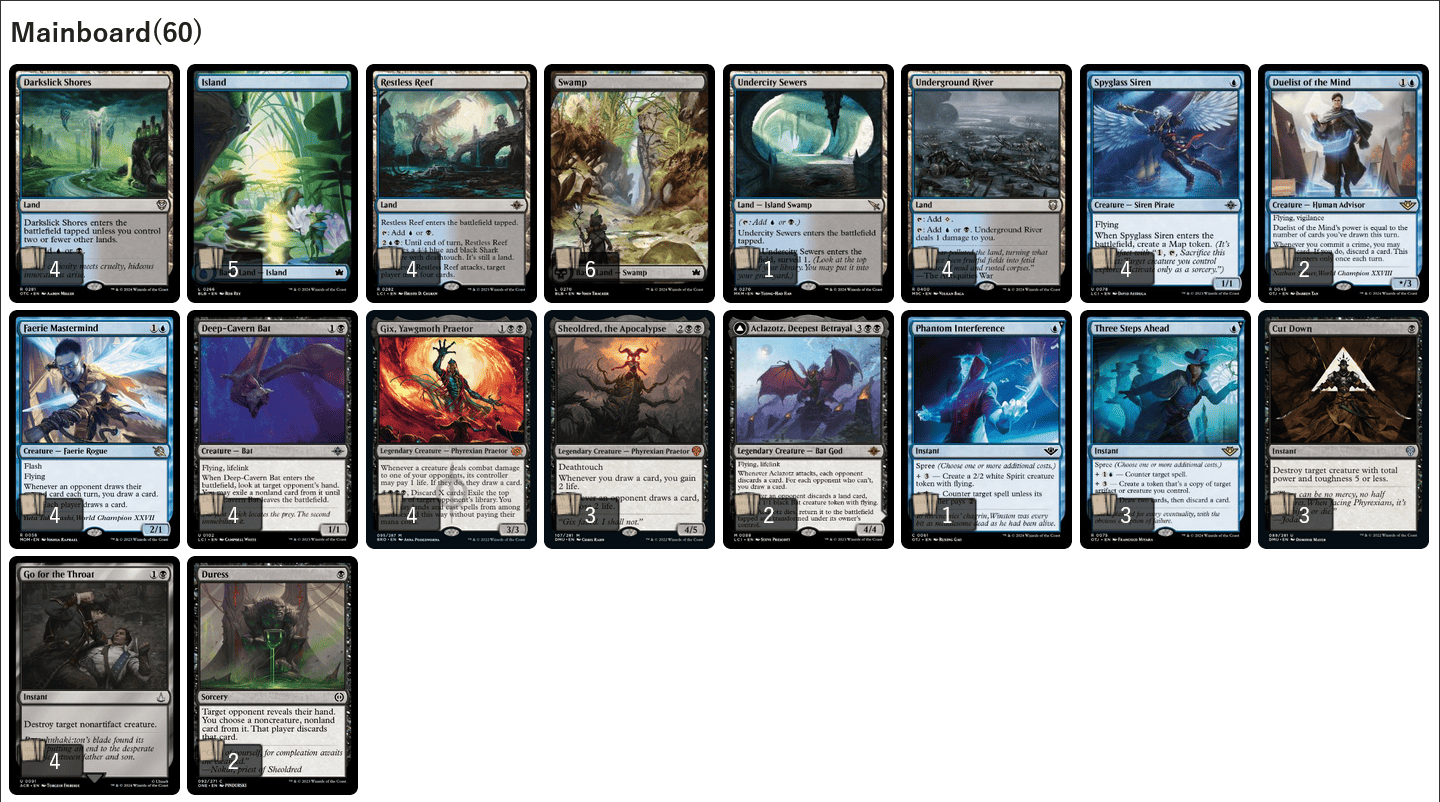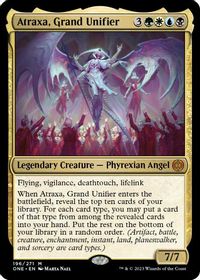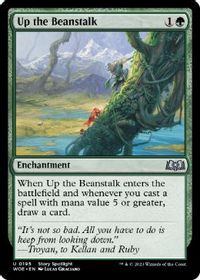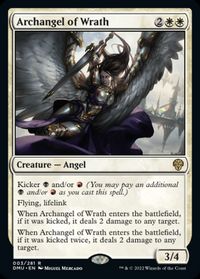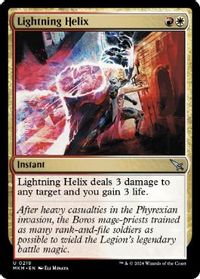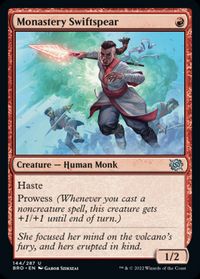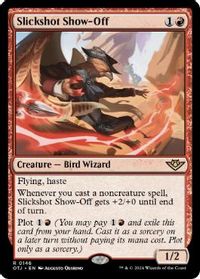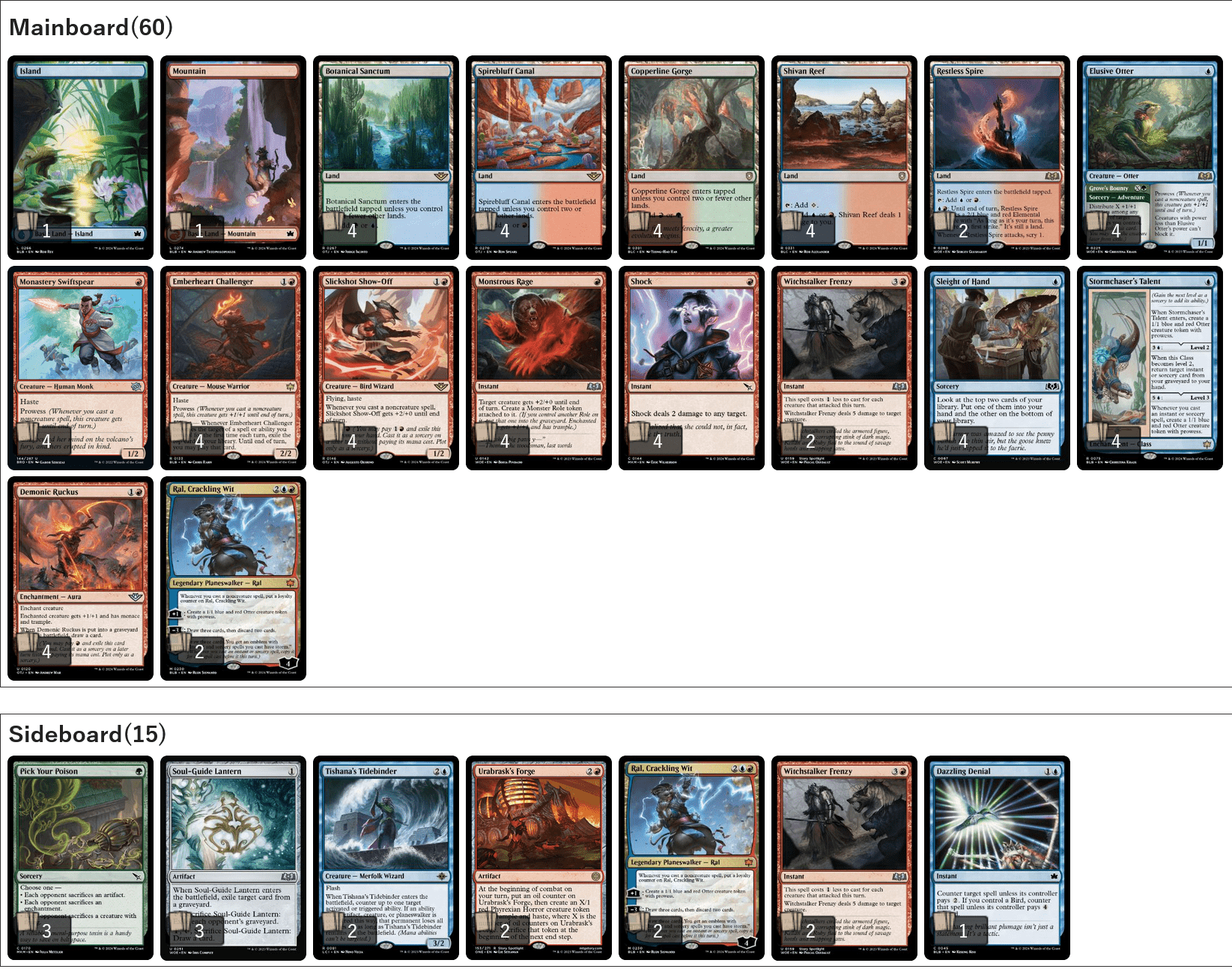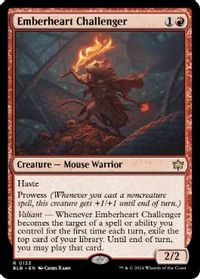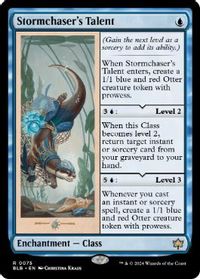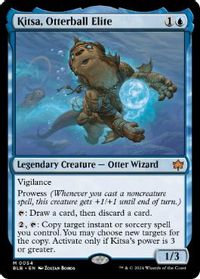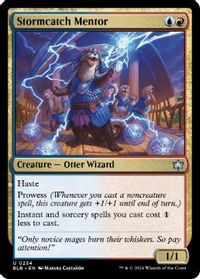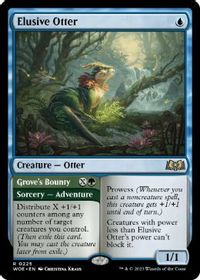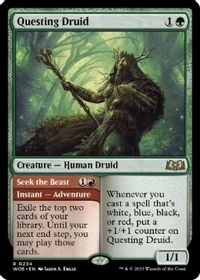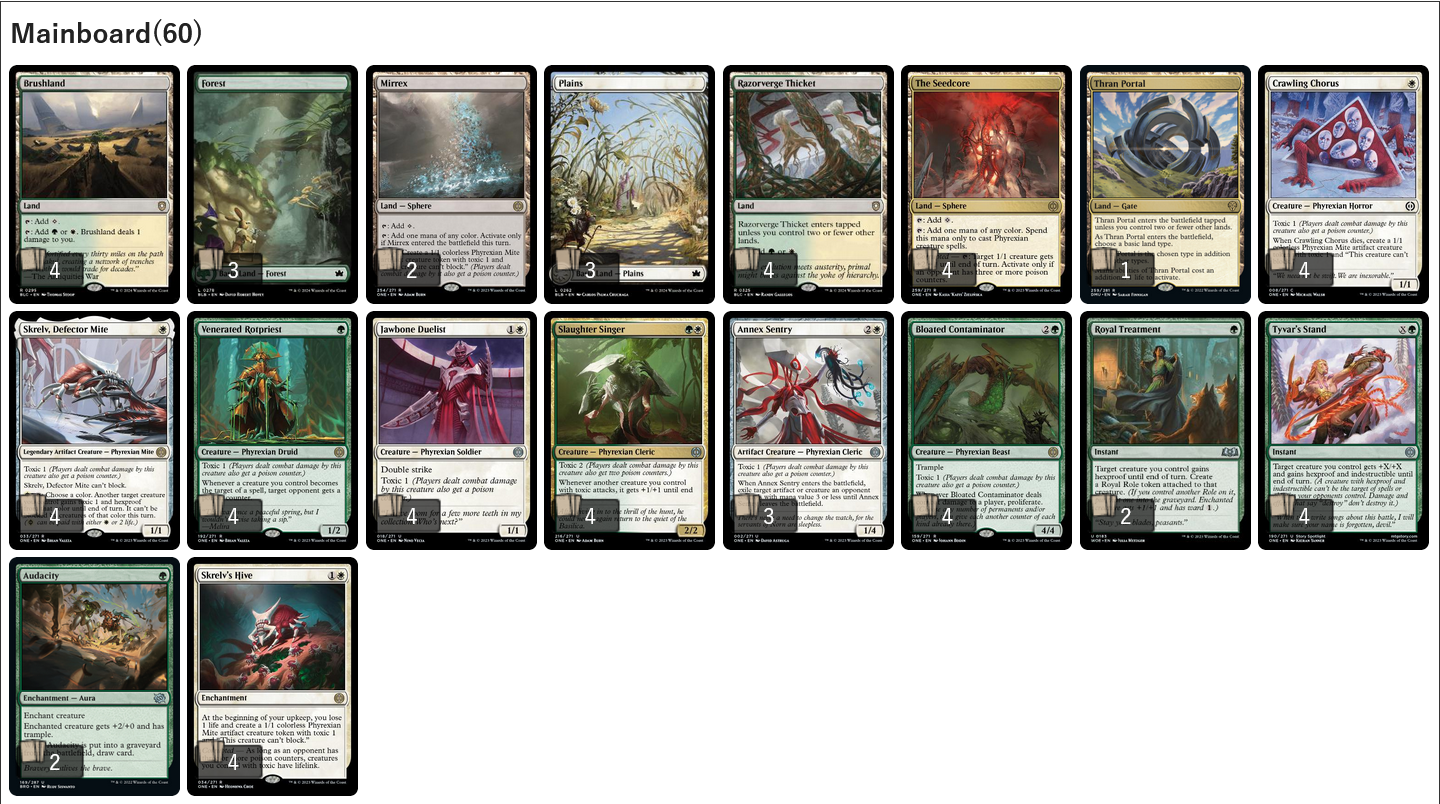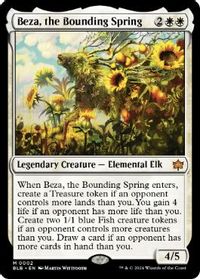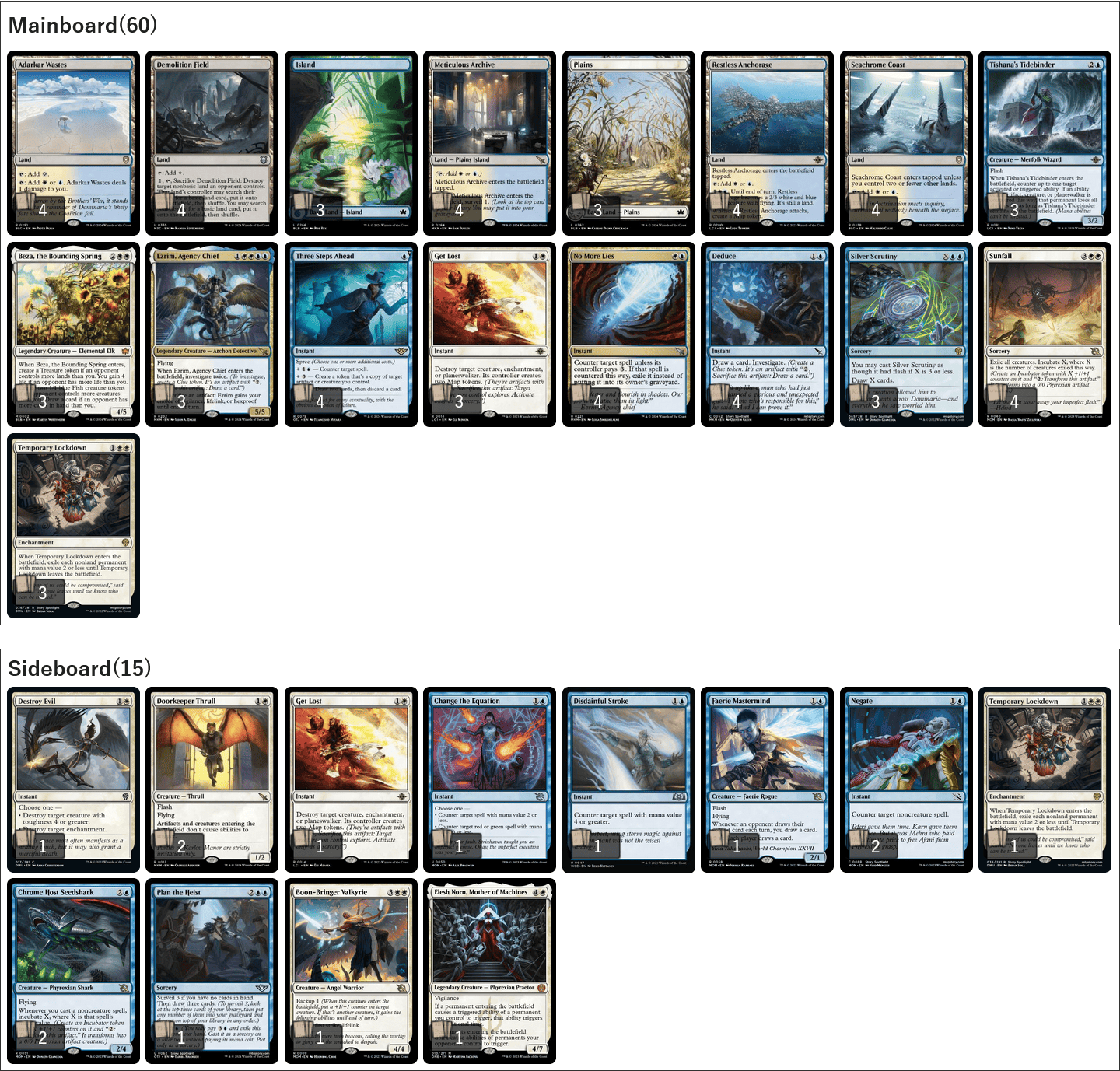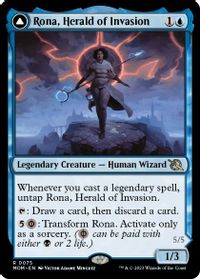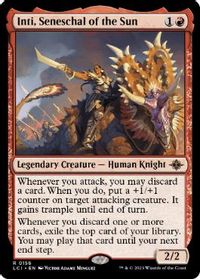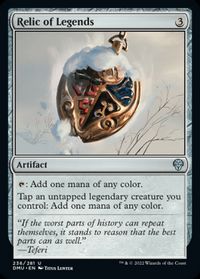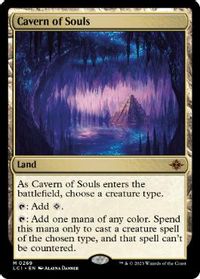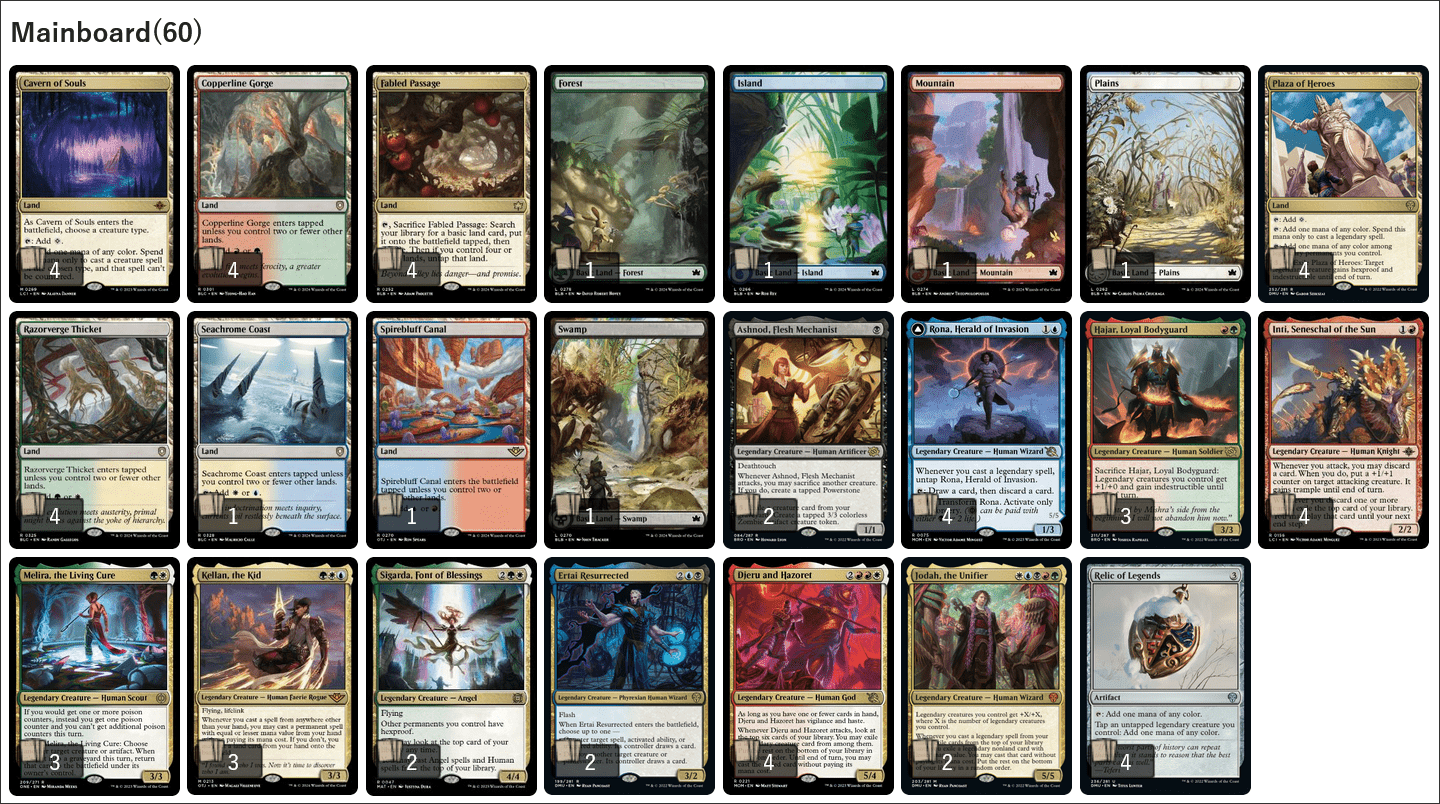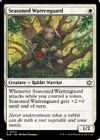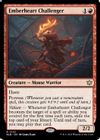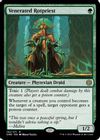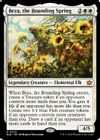Introduction
With the release of the latest set, Bloomburrow, Standard is going through one of the biggest changes in a long time. Not only are the new cards being introduced to the format, at the same time a whopping total of FOUR sets are rotating out of it! The following sets will no longer be legal in Standard play:
■Not Available in Standard
Innistrad: Midnight Hunt
Innistrad: Crimson Vow
Kamigawa: Neon Dynasty
Streets of New Capenna
Some decks get exciting new tools from Bloomburrow, some are left mostly intact, and some will simply cease to exist due to key pieces rotating away.
Key Cards Rotating Out
Let’s start by looking at essential Standard staples that are on their way out.
《The Wandering Emperor》 was a remarkably powerful planeswalker that was played in a wide variety of decks. It paired up excellently with 《Memory Deluge》, and the loss of both of these is a crippling blow to draw-go style control decks in particular.
Esper Midrange in one form of another was the most popular deck in Standard almost the entire time that 《Raffine, Scheming Seer》 was legal, and it often showed up alongside it’s friends 《Wedding Announcement》 and 《Dennick, Pious Apprentice》. Without these cards there are no longer good reasons to play all three colors in the midrange decks, but I would still expect Blue-Black and Black-White variants to keep seeing play.
Losing the best 1-drop for aggressive Red decks is a blow, but they’ll get something in return from the new set. More on that later.
The triple-lands were cornerstones of multicolor decks and particularly important for the Domain archetype. Losing the lands also makes 《Leyline Binding》 weaker, which makes life a little bit harder for Domain aficionados. However, the triple-lands can be replaced by surveil lands, so while the deck gets weaker it is unlikely to die out completely.
Continuing on the topic of lands, rotation of the fetchlands will be a devastating loss for the Temur Analyst deck that was built upon using those to exploit 《Aftermath Analyst》 and 《Nissa, Resurgent Animist》. 《Fabled Passage》 is getting reprinted in Bloomburrow and you can still use that to get multiple triggers out of Nissa, but the deck will have to look different from how it used to.
While the channel lands were played by almost every deck in the format for the entire time they were legal, they were only critical for one deck: the 《Slogurk, the Overslime》 deck. Then again, 《Slogurk, the Overslime》 itself is also rotating out, so it won’t be around to mourn the loss of its friends.
All of the slowlands are also rotating out. While they were not critical parts of any deck, it is still good to take note of that, since the mana available in the format defines what kinds of decks you can (and can’t) build.
The slowlands were at their best in midrange and control decks, and at their worst in aggressive decks. With fastlands, painlands and manlands remaining in the format, it might gravitate towards more aggressive strategies in the near future.
Key Cards Staying In
While some of the aforementioned decks are now dead and buried, others didn’t experience any major losses. Any deck that existed previously and didn’t suffer from the rotation is almost automatically going to be a strong contender going forward as well.
Convoke Deck
Perhaps the most obvious one of these is the Convoke strategy built around 《Gleeful Demolition》, 《Imodane’s Recruiter》 and 《Knight-Errant of Eos》. This is what I built for Hareruya Wayfinder earlier:
《Seasoned Warrenguard》 especially seems like an interesting addition from the new set. The deck hits hard, hits fast, and is surprisingly resilient.
《Knight-Errant of Eos》 is probably the most powerful build-around card remaining in the format, and I’m confident that this deck will be a major player in the upcoming months simply thanks to its raw power level.
Splashing for Blue is not necessary, and you can replace 《Voldaren Epicure》 with 《Yotian Frontliner》 to keep the mana base more streamlined.
Golgari Midrange
For the next contender I will refer to my buddy Javier:
Black-Green Midrange is another deck that survives more or less intact, as it doesn’t lose much other than 《Deathcap Glade》. If 《Knight-Errant of Eos》 was the strongest build-around remaining in the format, then 《Sheoldred, the Apocalypse》 is the strongest stand-alone card remaining, and Black-Green is a very natural home for it.
《Mosswood Dreadknight》 is a strong incentive to pair the Black midrange cards with specifically Green ones, but you can also build Blue-Black and Black-White versions:
Domain Ramp
If you’re expecting there to be a lot of midrange decks, you can turn towards old, trusty 《Atraxa, Grand Unifier》 to go over the top of them. These kinds of lists have been popping up on Magic Online:
The deck definitely gets a bit clunkier without the triple-lands, but the raw power is still there. The White sweepers combined with card advantage from 《Up the Beanstalk》 and life gain from 《Archangel of Wrath》 and 《Lightning Helix》 is a powerful combination against most creature-based decks.
Prowess Aggro
The next key cards staying in the format are 《Monastery Swiftspear》 and 《Slickshot Show-Off》:
There’s notable support for the Prowess theme in Bloomburrow, including 《Emberheart Challenger》, 《Stormchaser’s Talent》, 《Kitsa, Otterball Elite》, and 《Stormcatch Mentor》. The base of the deck will likely be Blue-Red, but there’s good reasons to splash for Green in 《Elusive Otter》 and 《Questing Druid》. You could even go straight up Green-Red with some Heroic-style synergies. Sample list:
Time will tell what the best way to build these decks is, and I expect them to be popular choices at least in the beginning of the format. However, I suspect that they will have some issues against the Convoke decks, limiting their success. 《Slickshot Show-Off》 flying over their blockers is likely one of the keys to victory.
Toxic Aggro
These issues are shared by another deck that will be staying in the format: Toxic. The deck consists mostly of Phyrexia: All Will Be One cards which are not rotating out this year. It loses 《Fading Hope》 and 《March of Swirling Mist》, but those can be replaced by other tools. Maybe it’s time to cut the Blue cards entirely and go back to a Green-Whie build. Sample list:
Re-Invented Wheels
Some decks that lost essential parts can still be rebuilt in a different way. For example, if you expect a lot of Convoke decks and other creature decks, then I can’t help but feel a pull towards the combination of sweepers and card draw.
Maybe Blue-White Control can still be a thing without 《Memory Deluge》 and 《The Wandering Emperor》. 《Beza, the Bounding Spring》 certainly gives me some hope, as it’s an incredible tool against the aggro decks.
This is what I’ve started playing with:
Azorius Control
Without the 《The Wandering Emperor》 and the 《Memory Deluge》 you don’t care as much about operating at instant speed, and can play expensive sorcery-speed bangers like 《Ezrim, Agency Chief》 instead.
5C Legends
Another deck that could come back in a slightly different form is the 5C Legends deck. While you can no longer go crazy with 《Slogurk, the Overslime》 and the channel lands, many core synergies of the deck are still available.
《Rona, Herald of Invasion》 and 《Inti, Seneschal of the Sun》 give you a powerful draw engine, 《Relic of Legends》 can still produce unfair amounts of mana, and the combination of 《Plaza of Heroes》 and 《Cavern of Souls》 lets you stretch your mana into casting legends of any color.
Conclusion
Standard is going through huge changes due to the rotation, and thus there’s lots of room for innovation and creativity. Some of the old decks, like Boros Convoke and Black-Green Midrange, will remain mostly intact and those will be the easiest place to start from if you want to win in the first couple of weeks.
However, other decks might now have escaped the claws of their natural predators, and the introduction of a new set will undoubtedly enable some novel decks as well.
Happy brewing!
Matti Kuisma (X)


